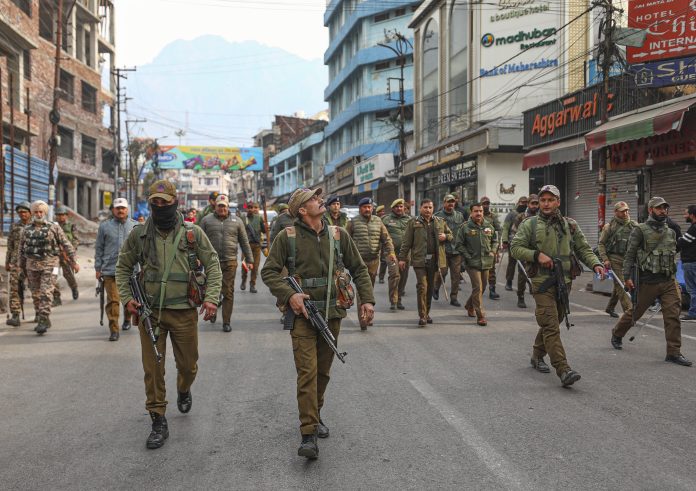New Delhi: Data from 10 cities--Agra, Bengaluru, Chandigarh, Chennai, Delhi, Kolkata, Jodhpur, Mumbai, Lucknow, and Patna-- has shown that the monthly PM2.5 and PM10 levels during the summer months breached the annual CPCB safe limits of 40 micrograms per cubic metre and 60 micrograms per cubic metre, respectively, during these months.
These cities were selected and average PM2.5, PM10 and NO2 levels were analysed for the months of March, April, May, and June. These cities are all part of the National Clean Air Programme (NCAP) by the Union Environment Ministry.
The CPCB's annual average permissible limits for PM2.5, PM10 and NO2 are 40, 60, and 40 micrograms per cubic metre, respectively. The WHO safe limits are even lower at 5, 15, and 10 micrograms per cubic metre for the three pollutants, respectively, as per an official from the CPCB.
The analysis by Climate Trends, an advocacy think tank working on the issues related to air pollution and climate change, showed that in March this year, except Chennai, all other cities recorded PM2.5 levels above safe limits while 10 cities recorded PM10 levels above safe limits.
In April, except Kolkata, all other cities recorded PM2.5 levels above safe limits while in case of PM10, except Chennai, all other cities recorded levels above safe limits. Similarly, in May, only three cities - Bengaluru, Chennai, and Kolkata recorded safe levels of PM2.5 while in the case of PM10, all the cities recorded levels above safe limits.
With some parts of the country receiving rains in June, five cities - Agra, Bengaluru, Chennai, Kolkata and Mumbai - saw their PM2.5 levels improve and within the CPCB safety limits. But only three cities - Bengaluru, Chennai and Mumbai - saw PM10 levels less than 60 micrograms per cubic metre during June, the official said.
Northwest Indian plains have witnessed repeated heat waves since March this year. This resulted in an increased power demand, approximately 75 per cent of which came from coal-powered thermal power plants. (Agencies)





No comments:
Post a Comment